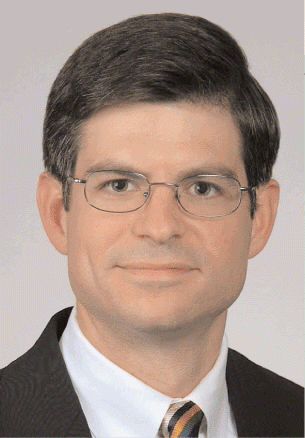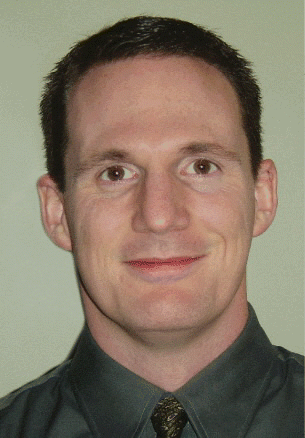Dr. Wardrop and Scott Brietzke, MD, MPH, Director of Pediatric Otolaryngology and Sleep Surgery at Walter Reed Army Medical Center in Washington, DC, spoke about the American Academy of Sleep Medicine’s (AASM’s) advocacy efforts in regard to the CMS ruling change. Through issuance of its Clinical Guidelines for the Use of Unattended Portable Monitors in the Diagnosis of Obstructive Sleep Apnea in Adult Patients,3 AASM has asserted that HSS diagnostics must be preceded by a comprehensive diagnostic assessment by a board-certified physician. Of course, noted Dr. Brietzke, AASM is aggressively representing its membership, but urged his colleagues in the audience to mold the recommendations of AASM to our needs and to consider board certification in sleep medicine. That window of time, Dr. Waldrop reminded the audience, is open until 2011. The result for practitioners, said Dr. Brietzke, is not only assurance of one’s ability to bill and be reimbursed for diagnostic services, but also the ability to offer heightened efficiency of care for patients.
Explore This Issue
December 2009Not Fail-Safe
 There is good agreement, on average, between unattended Type 3 sleep studies and lab PSGs on certain parameters such as RDI and lowest oxygen saturation.
There is good agreement, on average, between unattended Type 3 sleep studies and lab PSGs on certain parameters such as RDI and lowest oxygen saturation.
-M. Boyd Gillespie, MD
The advantages of home sleep testing for patients are obvious, said M. Boyd Gillespie, MD, Associate Professor of Otolaryngology-Head and Neck Surgery at Medical University of South Carolina. The testing can be done in a natural sleep environment instead of a laboratory setting; the testing is potentially less expensive [unless repeat testing is required due to poor data]; most portable monitoring is simpler than lab PSG; and because of its portability, there is increased patient access to diagnostics.
Most home sleep monitoring is accomplished with Type 3 devices, which typically measure airflow, oxygen saturation, pulse oximetry, pulse rate, and respiratory effort. Some devices also measure sleep position, whereas others employ actigraphy.
 Scott Brietzke, MD, urged his colleagues to mold the recommendations of AASM to our needs and to consider board certification in sleep medicine.
Scott Brietzke, MD, urged his colleagues to mold the recommendations of AASM to our needs and to consider board certification in sleep medicine.Dr. Gillespie then summarized some of the literature addressing the concerns about reliability of HSS. The Sleep Heart Health Study4 showed that scoring variability in laboratory versus home monitoring with Type 3 devices was not significantly different. In fact, he said, pointing to results of an examination of scoring variability between sleep lab technologists,5 the potential for scoring variability also exists with the so-called gold standard of PSG. There is good agreement, on average, between unattended Type 3 sleep studies and lab PSGs on certain parameters such as RDI and lowest oxygen saturation, he noted.
Leave a Reply